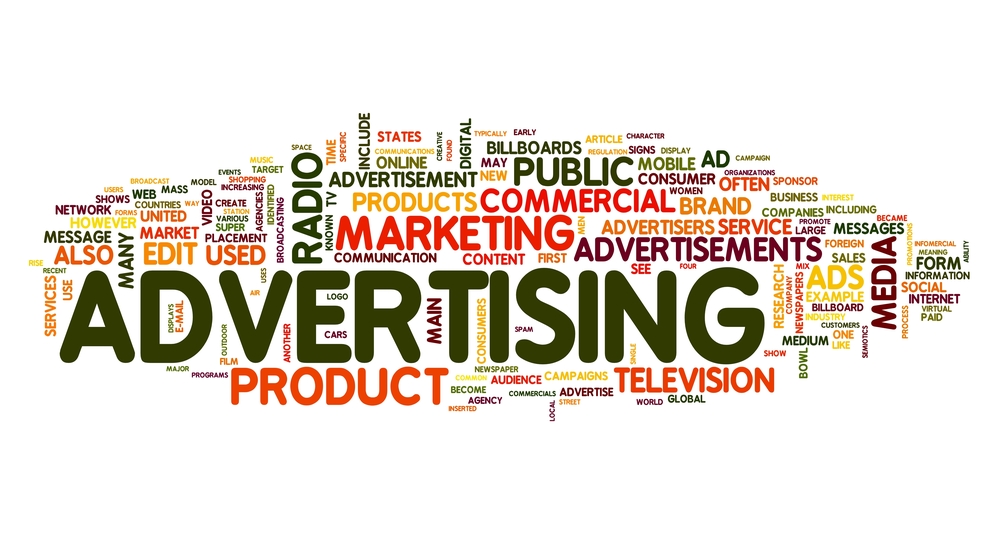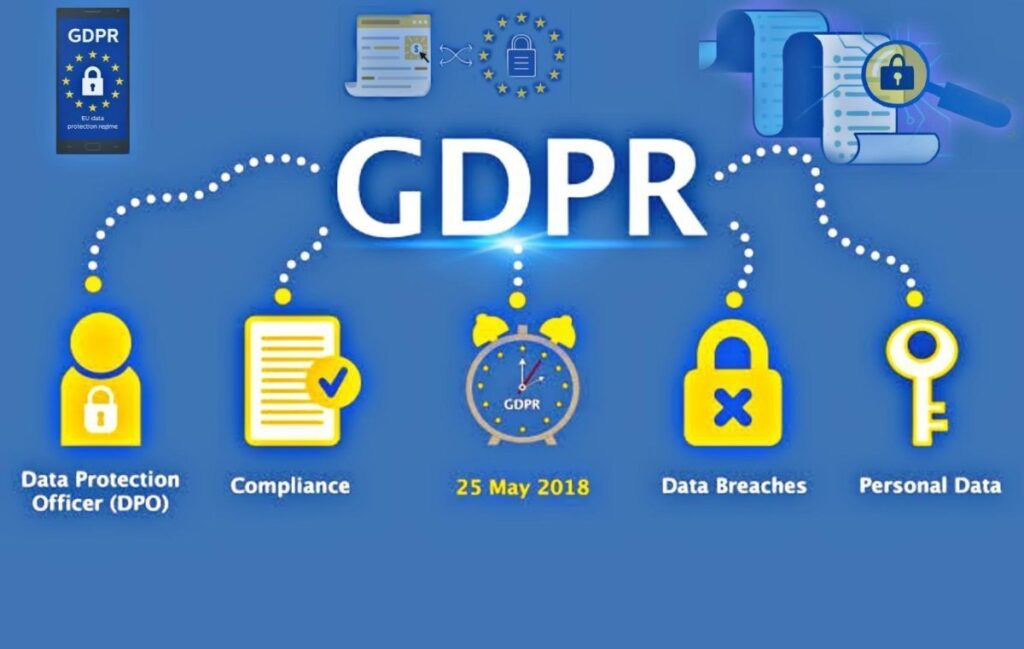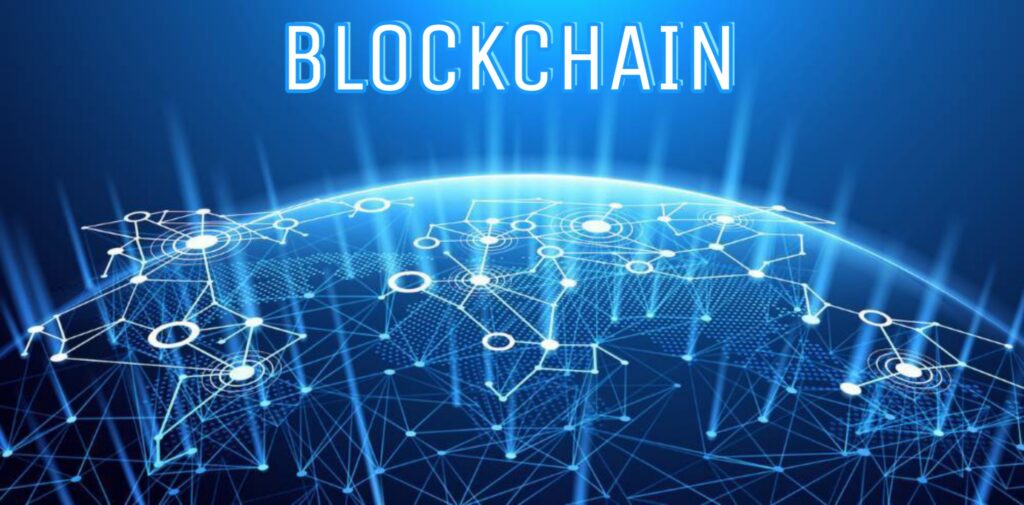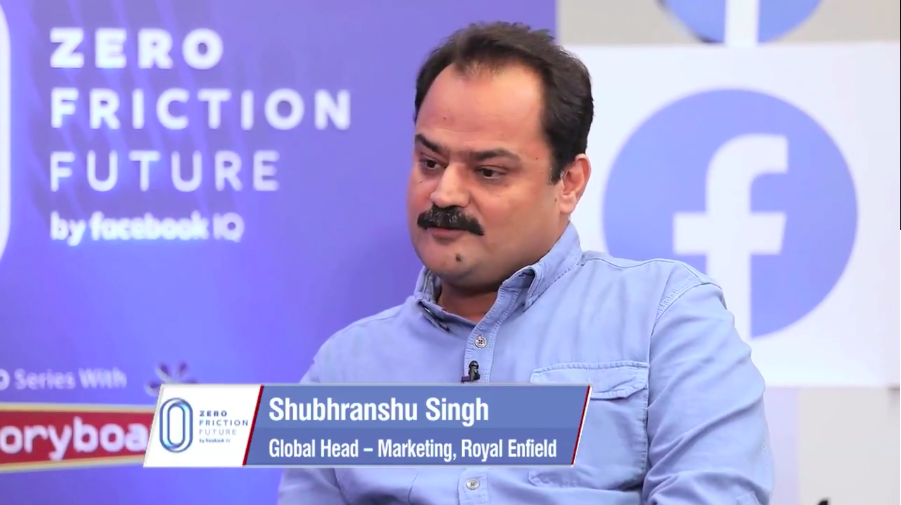Prime Minister Narendra Modi has a deep understanding of India’s history, as seen from the eyes of a common man. At the highly publicised unveiling of Sardar Patel’s statue in Gujarat last year, he commented on the need to also recognise the contribution of the princes, who gave up their respective individual identities for the creation of independent India. When the sun set on August 14, 1947, there were 565 ruling princes in India. They were variously magnificent, enticing, glamorous, haughty, lavish, enchanting, elusive, charismatic, but also eccentric, idiosyncratic, malevolent, cruel and hedonistic. [siteorigin_widget class=”SiteOrigin_Widget_Image_Widget”][/siteorigin_widget] They claimed to be descendants of the sun, moon, fire, Ram, Krishna and other mythical and legendary heroes who, according to these Maharajas, founded their dynasties. The largest of the princely states, as they were called, was the size of France or Germany, whereas the smallest was scarcely bigger than a farm holding. Like the Renaissance princes of Italy, most of the Indian rulers were innovators, builders, and patrons of folk culture, music, art, cuisine and civic institutions. Before Cartier, Faberge and Louis Vuitton became known to our newly wealthy elites, they were favoured and liberally patronised by Indian royalty. Rudyard Kipling famously wrote about the maharajas, “Providence created the maharajas to offer mankind a spectacle.” Traditional Indian regal authority was autocratic and paternalistic, but also benign. It rested on feudal kinship that flourished throughout our subcontinent. It is incorrect to see the maharajas through a colonial British lens. The British crown ruled India for less than 90 years. Their narrative cannot be the guide to our past. It is interesting to ponder over the fact that no fewer than 282 princely states out of the 565 were to be found, packed like sardines, in the Kathiawar Peninsula of Gujarat. The same Gujarat gave us unlimited entrepreneurial energy, international diaspora, cultural pride, and political leadership from Gandhi, Patel, and Morarji Desai to Modi. The fact that even when everything was taken away from them, including their titles, their purses and their properties, the persona of the Maharaja has not got erased from the mind of an incredibly young India. The political class in the present era is as decadent in certain avatars as the maharajas, but it lacks the large heartedness and selfless charity of the ruling princes. The positives of that system have become blurred in collective memory, but the negatives are often recalled, thanks to the propagation of stereotypes by Bollywood, regional cinema, popular literature as well as the occasional documentary-style narratives by foreign commentators. A lot of what is great about India even today owes its origins to the princely order and the various states that they ruled. This is true of cricket, art and culture, handicrafts, folk traditions, industry, irrigation,textiles, tourism, and even institutions of learning and science and technology. A covenant of sanctity was broken on the night of December 28, 1970, when the then President of India was woken up to sign an ordinance derecognising the princely order. In the historiography of India, the princes have been marginalised. At a time when India is taking stock of many decisions made in the sunrise hours of Independence, it is only appropriate that we should look at the role of Indian royalty afresh and give them their rightful place in our collective esteem. https://www.hindustantimes.com/analysis/revisiting-the-role-and-legacy-of-india-s-royalty/story-6glrnk8BV45am8oaY69d3M.html










